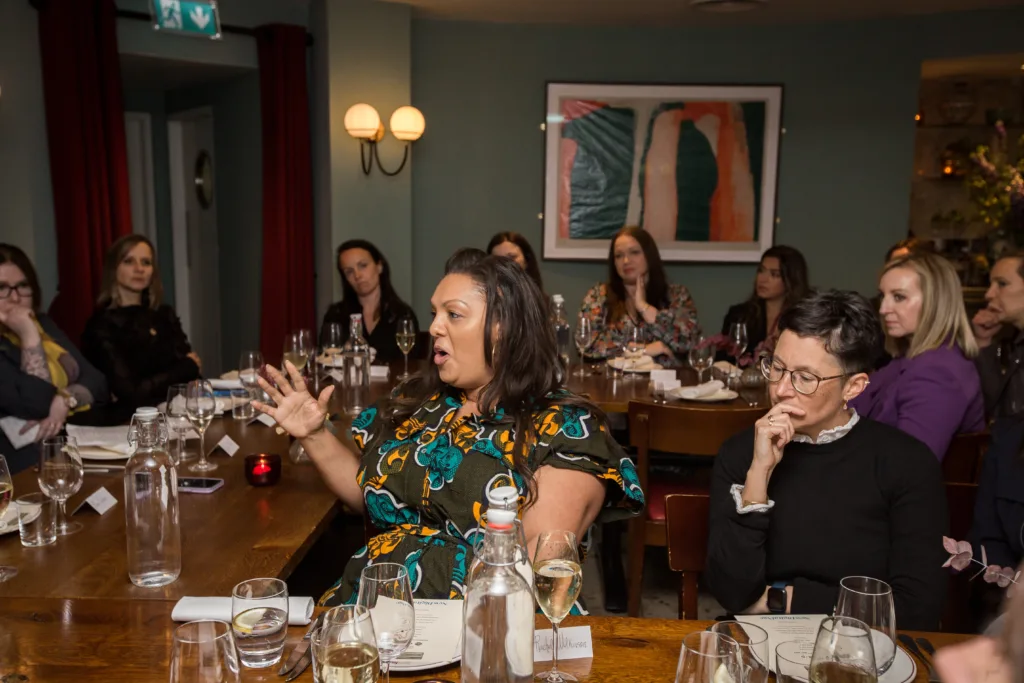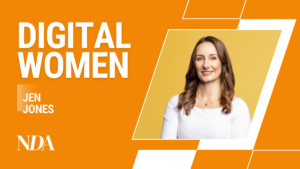New Digital Age, in partnership with Eyeo, recently brought together a group of highly esteemed female digital media, marketing and advertising leaders under the banner of its Digital Women initiative, to discuss one of the hottest topics in the industry: sustainability.
Herding cats. Nailing jelly to the wall. Pick your metaphor but there’s no doubt that alighting on some universal boundaries and regulations for what does and does not constitute sustainability in digital media is more than just a little tricky.
That’s not to say there aren’t initiatives that are moving discussions in the right direction, and the attendees at the sustainability summit brought some intriguing initiatives to the table.
Emma Newman, CRO EMEA for PubMatic, commented: “In Europe the requirement to publish an organisations carbon impact is becoming commonplace and whilst the US has been behind in this area, they are starting to catch-up. And this won’t be limited to our industry, the reporting requirements will be across all industries – similar to the way you’re required to publish your gender wage gap.”
It’s tempting to think of sustainability as a standalone entity, but Kate Waters, Director of Client Strategy at ITV argues that it impacts across the business. “We started off with just a central sustainability team. This year, while the central team is still there to provide expertise, coordination and governance, we have also devolved responsibility for creating change into each of the business units.”
Waters also relates that, as a Plc, there are rigorous financial reporting requirements now that relate to climate action. “Every year the business has to report to the Taskforce for Climate-related Financial Disclosure and there is increasing scrutiny from investors too.”
There are, of course, ideal scenarios but the truth is that the digital media industry is moving so quickly, players do have a challenge keeping up. “We build so quickly that we have to solve it as best we can,” insists Jules Kendrick, MD, UK and Europe at TAG. “We want to build it with sustainability in mind, as opposed to building it, then having to fix it.”
Instead of viewing sustainability compliance as a hurdle, if you flip the perspective, it is possible to innovate in terms of customer experience that bakes sustainability in as standard. “Everything we’ve done over the past five years has been reader-first,” explains The Telegraph’s Chief Commercial Officer, Karen Eccles. “If you’re reader-first, you don’t have a lot of competing ads on the page and when we audited the site’s sustainability performance the emissions for our page, impressions were lower than for other news brands.”
Eccles continues that it’s the demand for scale that could be at the heart of the digital media industry’s struggle to be sustainable, the need to “swamp” sites with ads.
If anything, it seems like a return to first principles. Group M’s Mark Read is already calling it the ‘year of creativity’ and Rachel Wilkinson, associate director at Xaxis, part of Group M, concurs. “We’ve got a whole division that will rebuild ads with more creativity, but less of them.”

Small is indeed beautiful, with Kendrick agreeing that reducing the number of vendors on a site can instil confidence and, importantly, consumer trust. “A trusted environment is our North Star. What can we do from a sustainability perspective to reduce vendor cost and help us be more sustainable. Being a bit more selective about what we’re doing stops data leakage and means we behave in a more premium manner.”
Efficiencies do seem to be the key. PubMatic’s chief growth officer, Paulina Klimenko, insists that being “extremely conscious” of how they use their infrastructure in the most efficient way is a route to both business and environmental sustainability. Even though PubMatic operates at a significant scale, it is using machine learning and traffic shaping algorithms to extract more capacity rather than adding more servers. “It’s one of the company’s financial and operational goals to find out how much efficiency we can drive from the capacity we already have,” she says.
Dentsu’s programmatic strategy director, Arshiya Nazir, reveals the company has built its own carbon calculator, enabling dentsu brands to understand the carbon contribution of their media and inform optimisations to reduce it. In digital specifically, Nazir explains how they have calibrated this carbon calculation into their Effective Attention measurement capability, providing an entirely new view into the carbon cost of getting an ad not only to be seen, but to be remembered. ”It isn’t the final answer,” she says, ”as we’ll continue to invest and develop, but it represents a hugely significant first step in this journey.”
Nazir admits that Dentsu “hasn’t figured out all the answers”, but that it has a plan, a goal and is “making waves in the right way” to achieve aims that are both business critical and sustainable.
In the end, it pays not to overthink sustainability as sometimes the simplest ideas are the most effective. “I think we can make really quite significant steps now, just by adopting a more common-sense approach,” insists Index Exchange’s managing director for UK and Ireland, Sara Vincent.
“A simpler path between publisher and seller. We don’t have to wait for regulation, we don’t have to wait for measurement, we don’t have to do anything hugely different and completely alien. We just go back to the beginning and the basics of what we’re trying to do, which is marrying brands with the audience in a very efficient and mindful way.”












